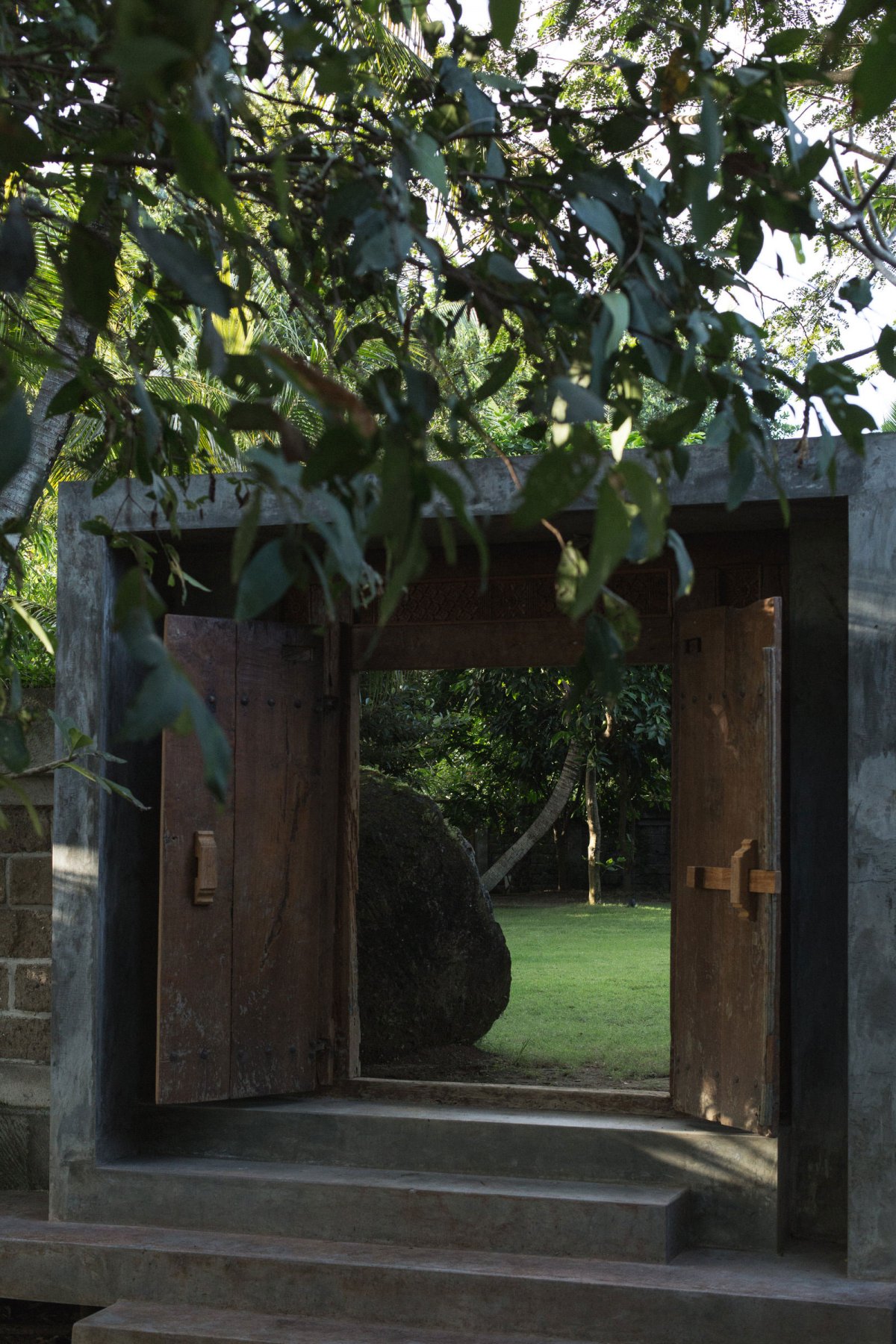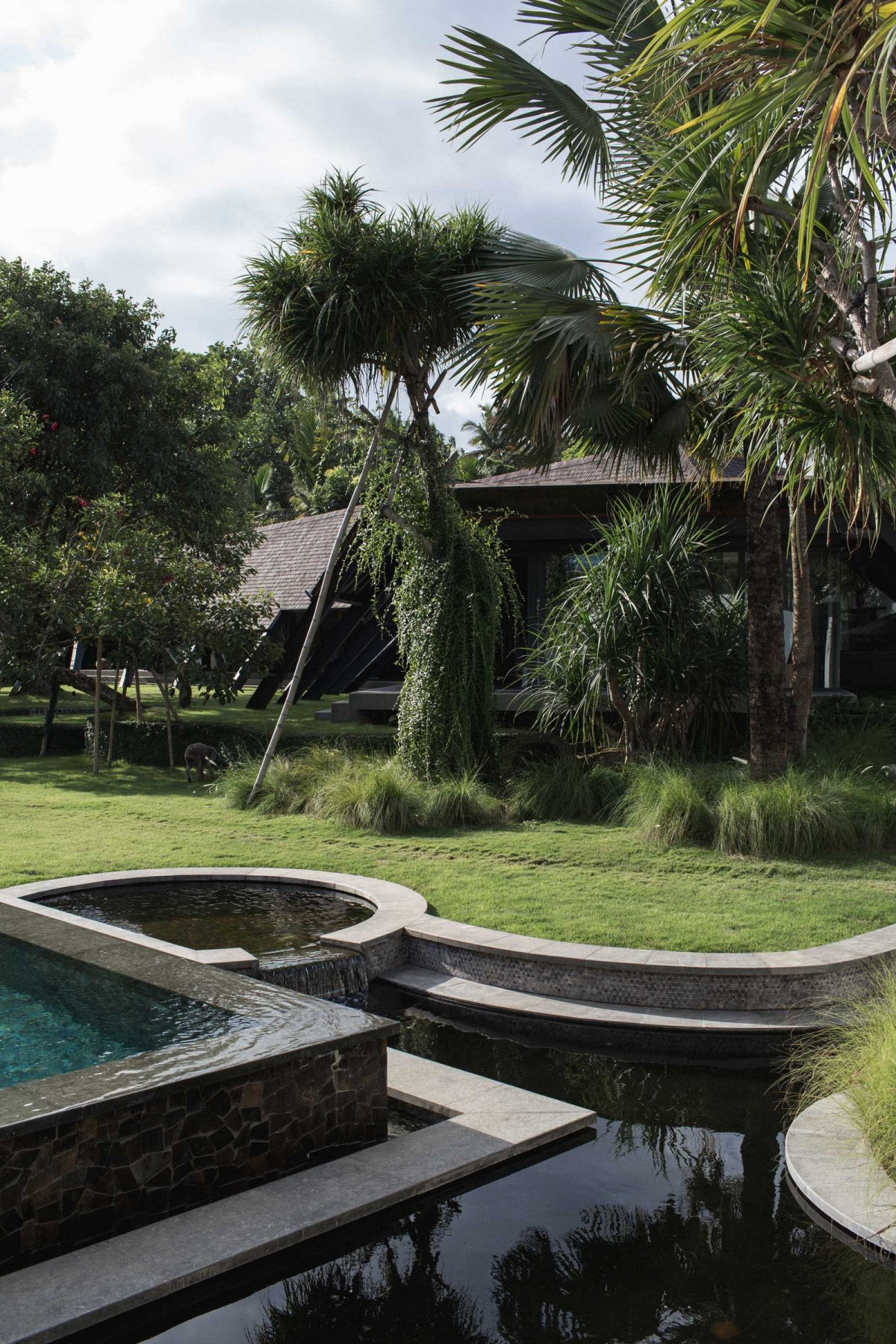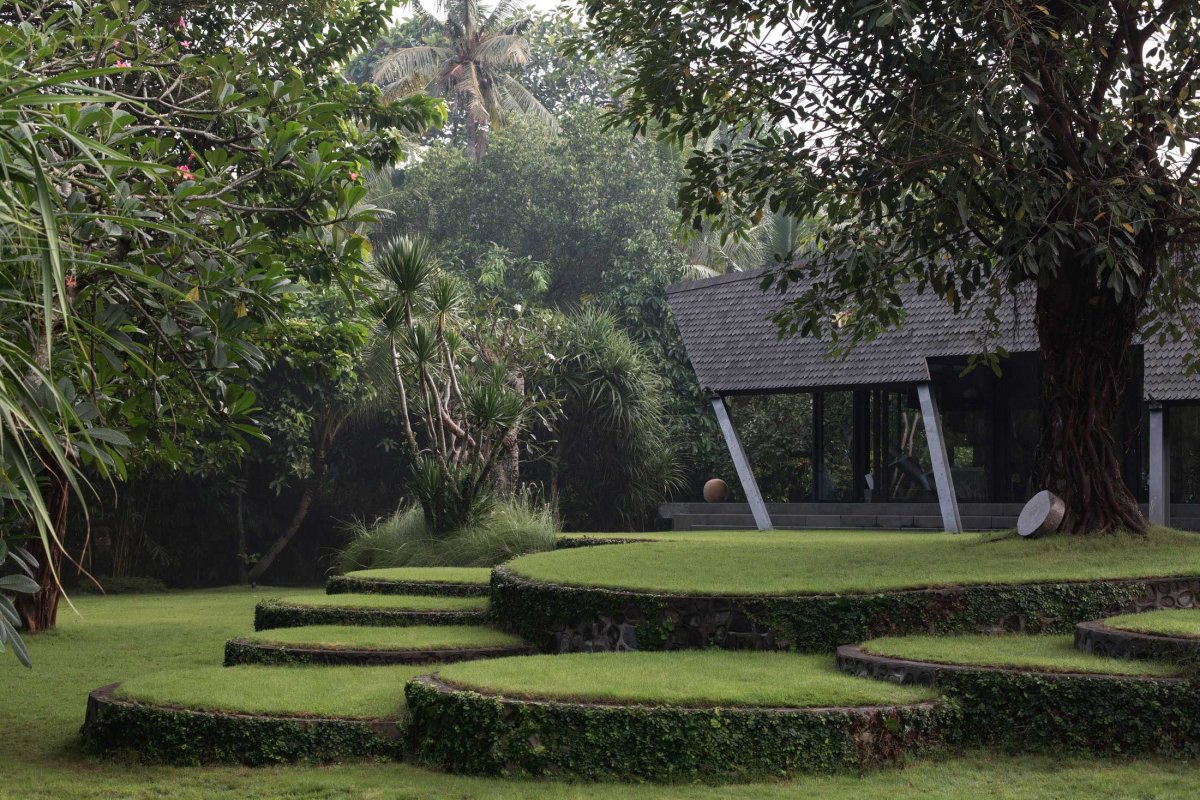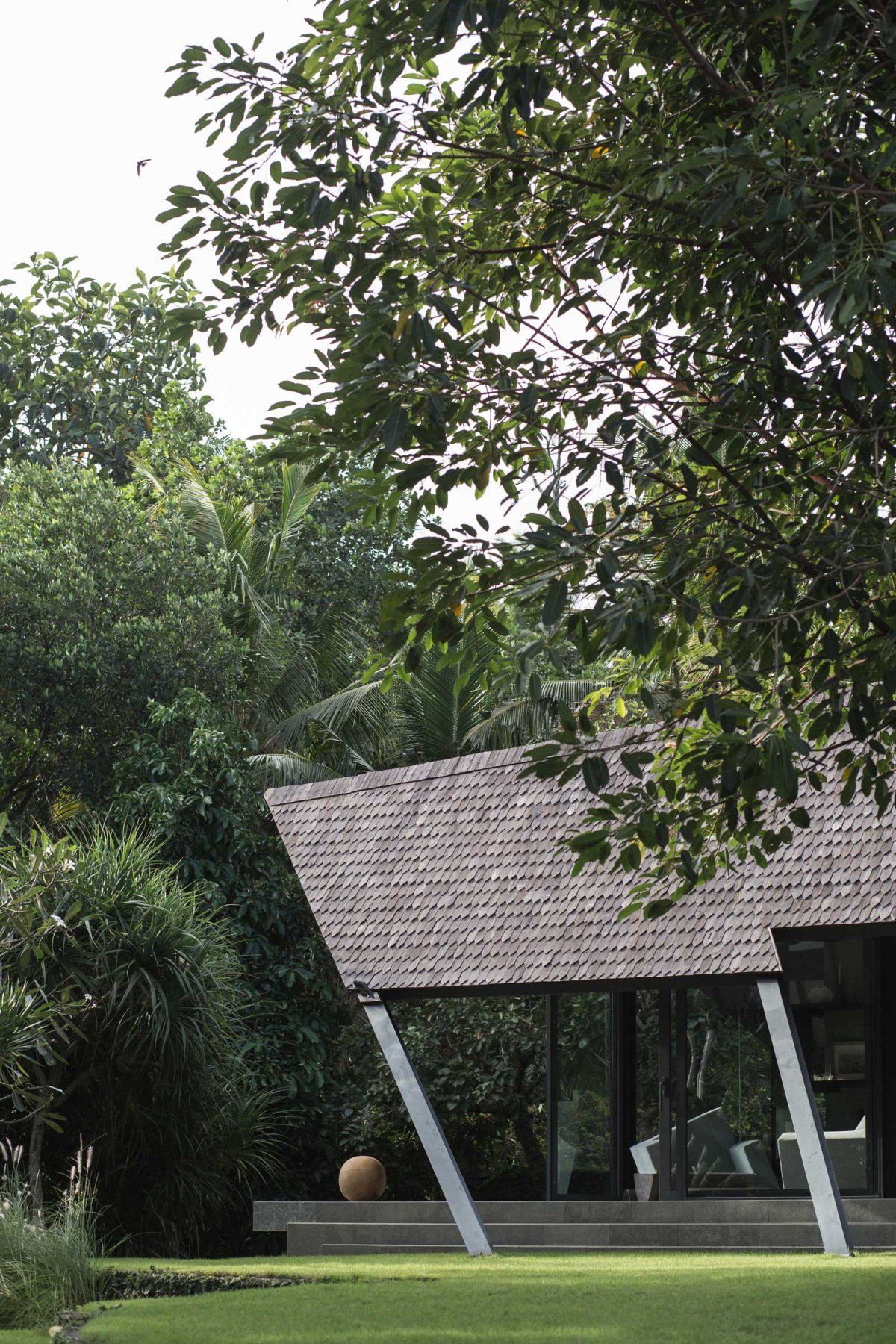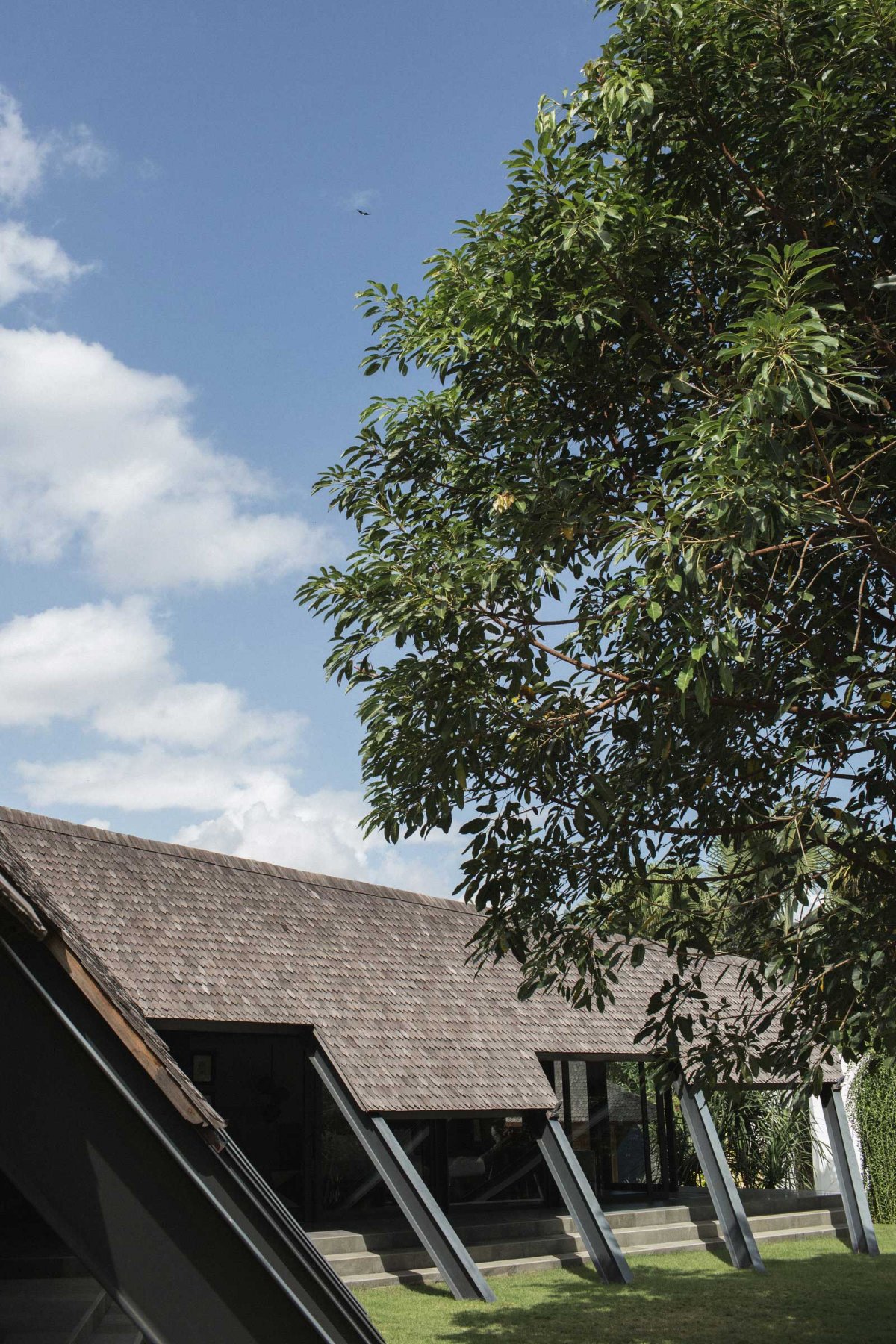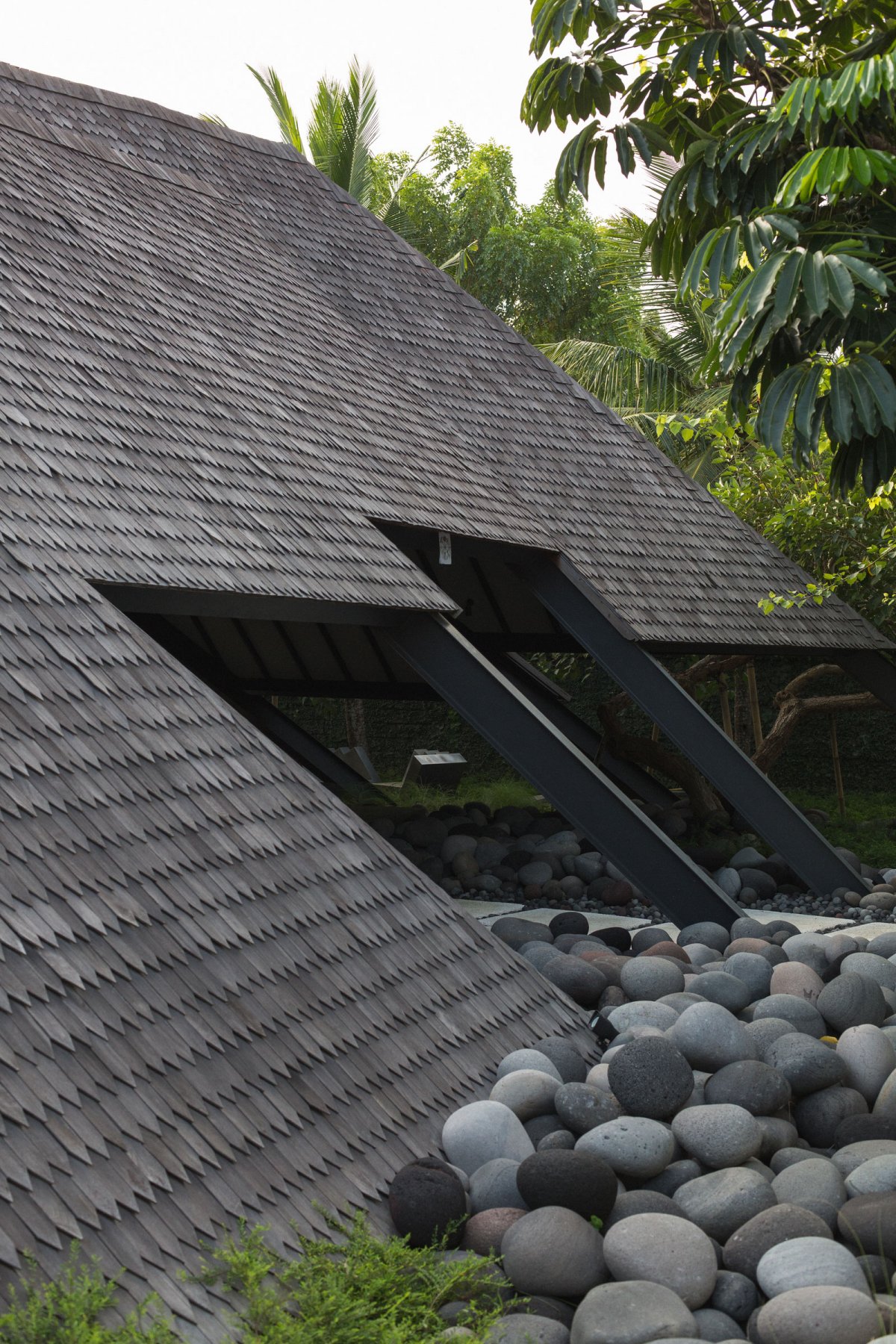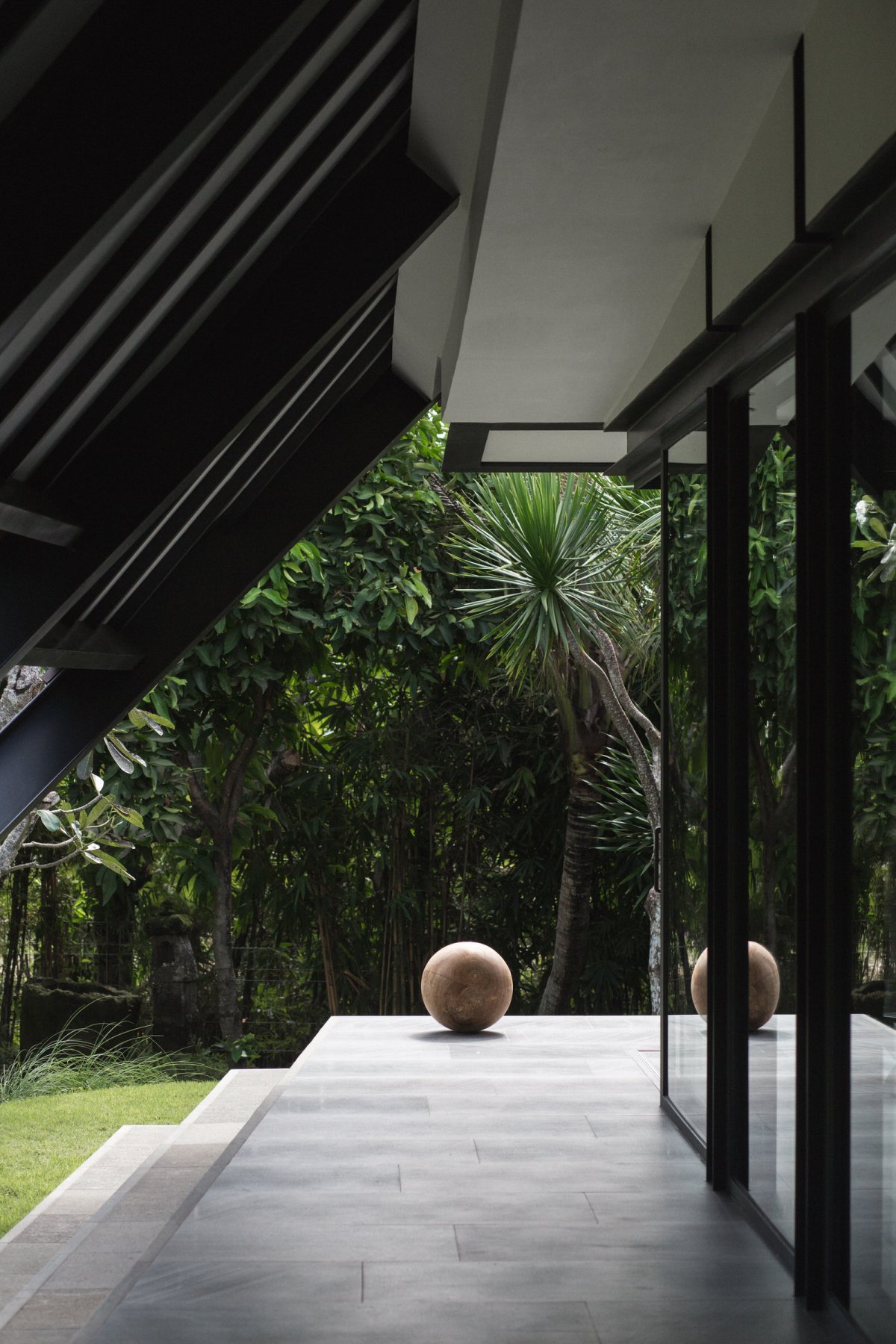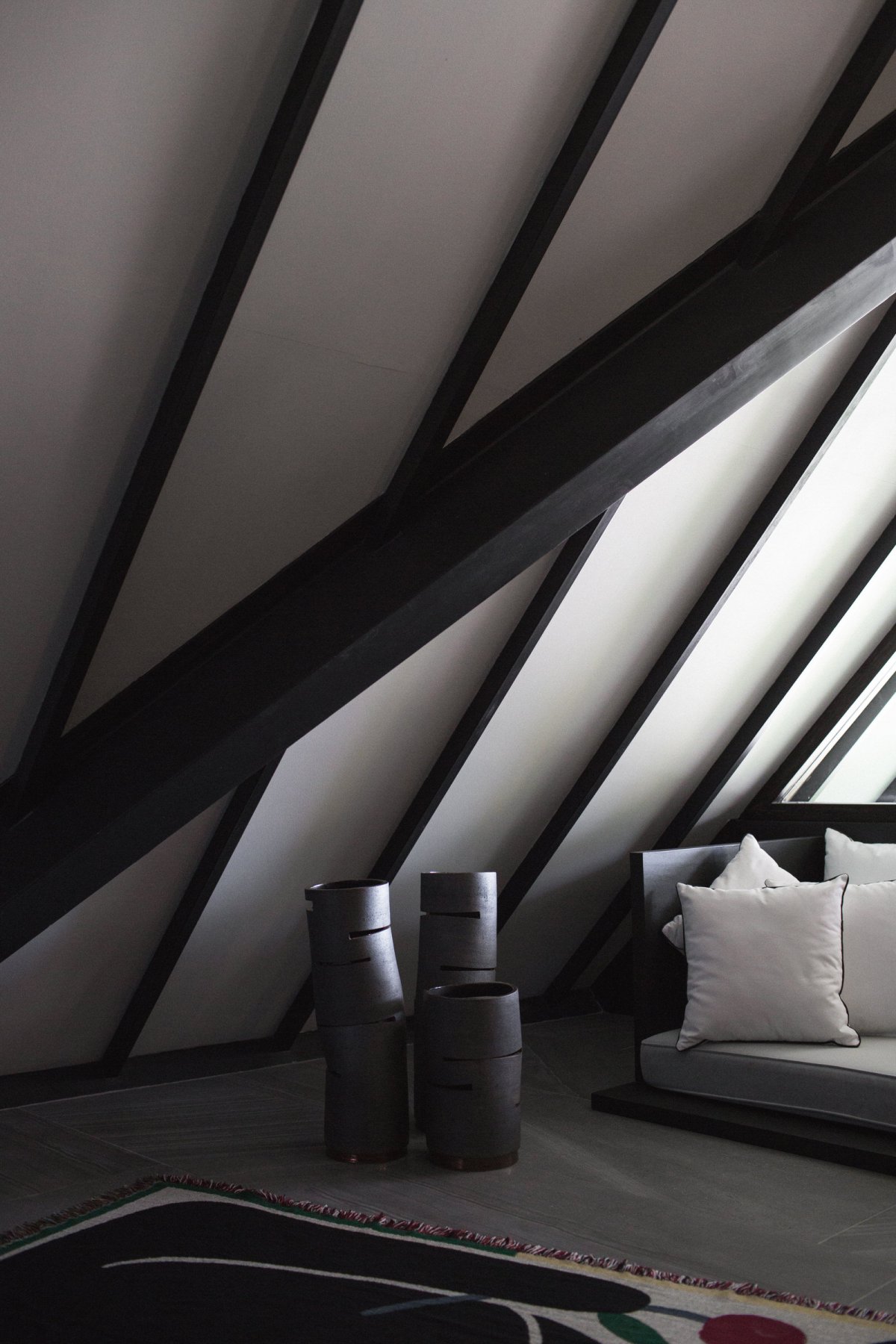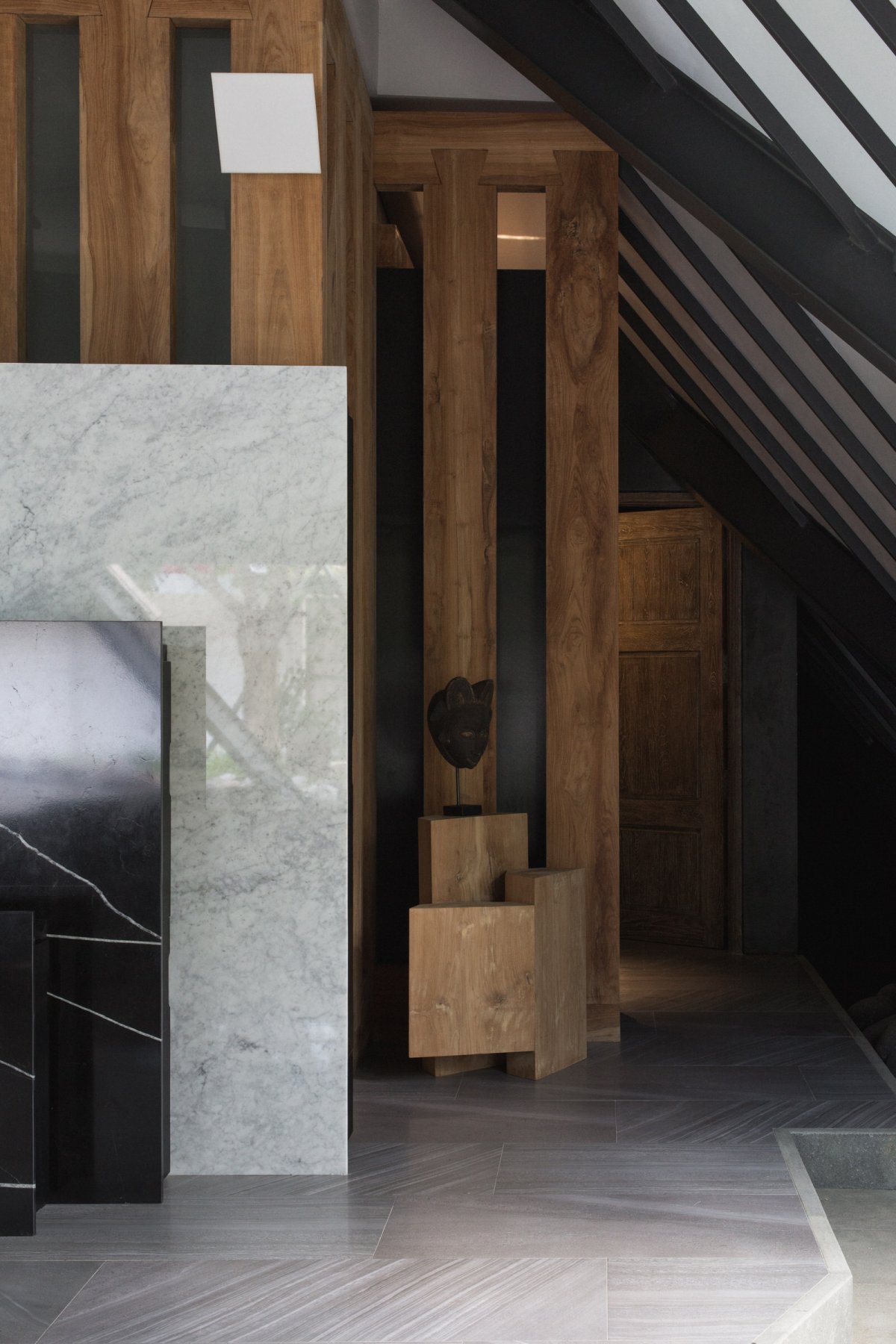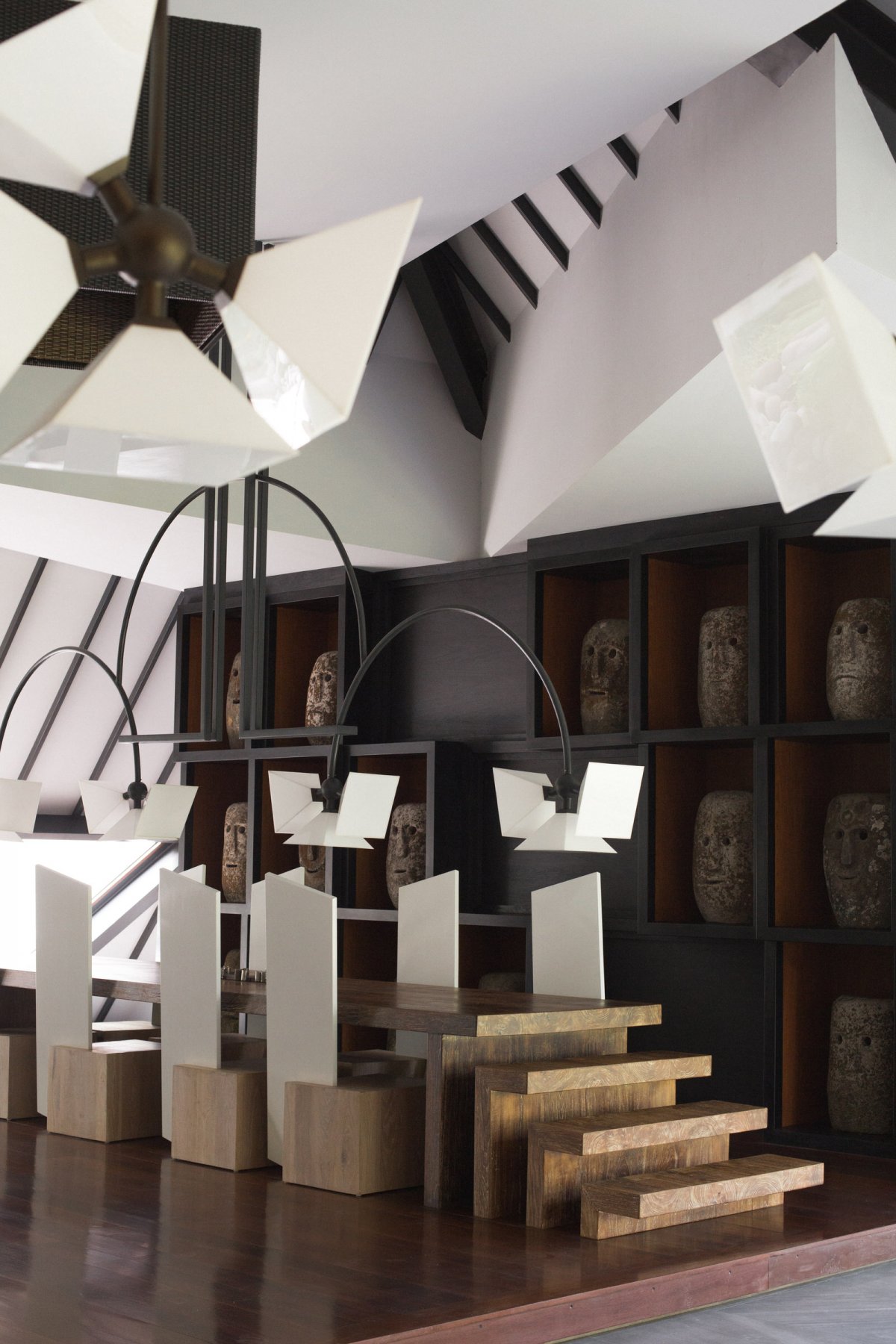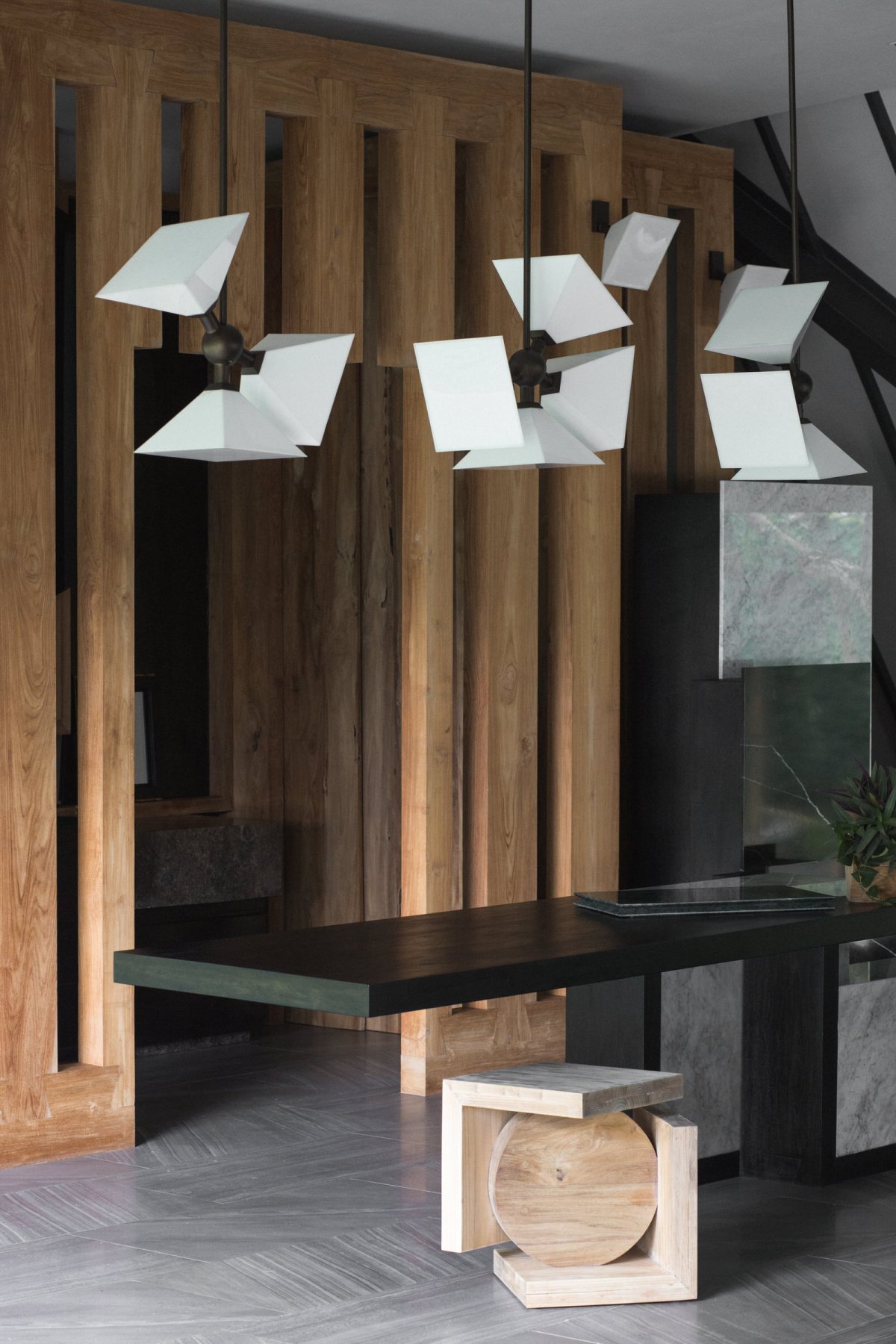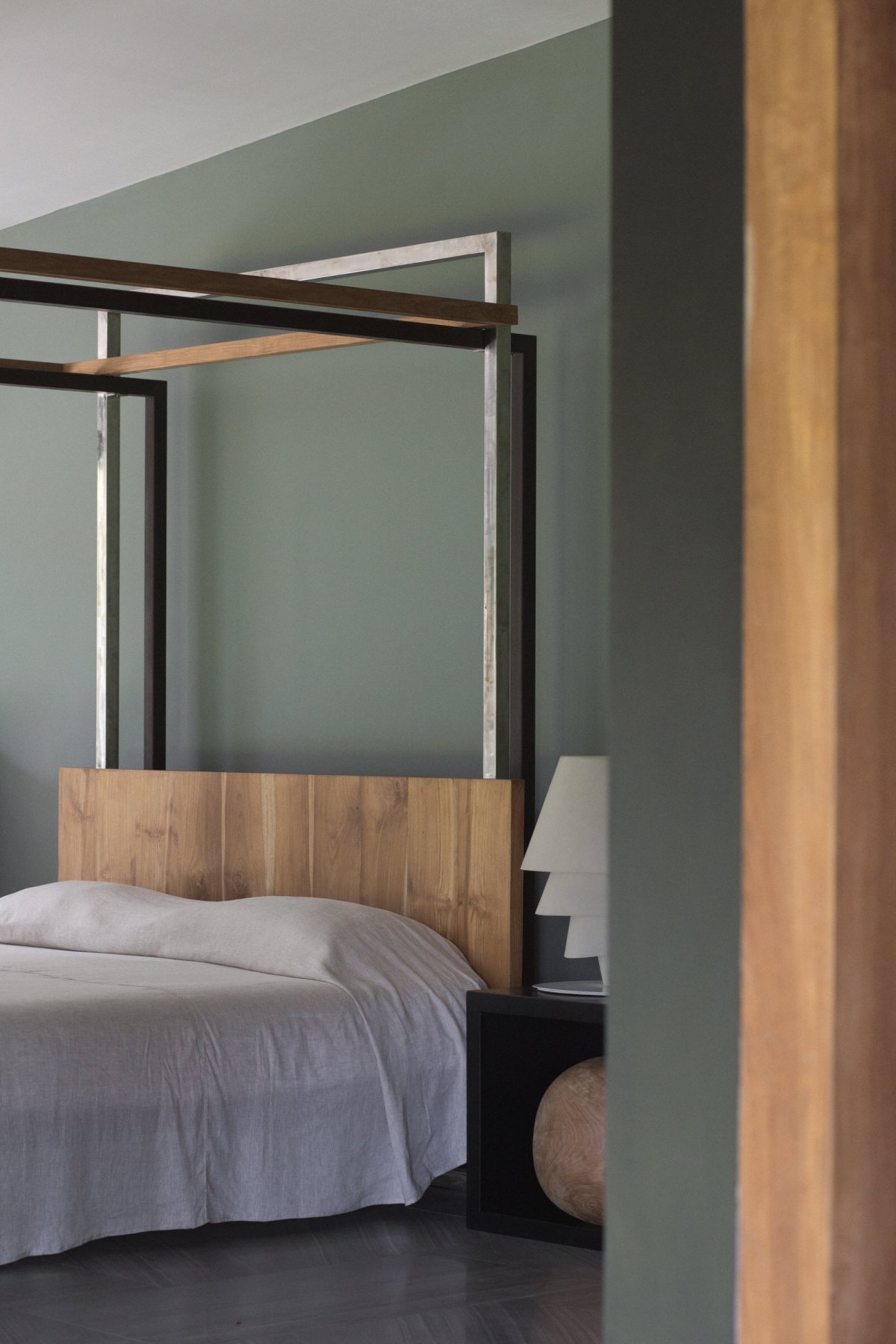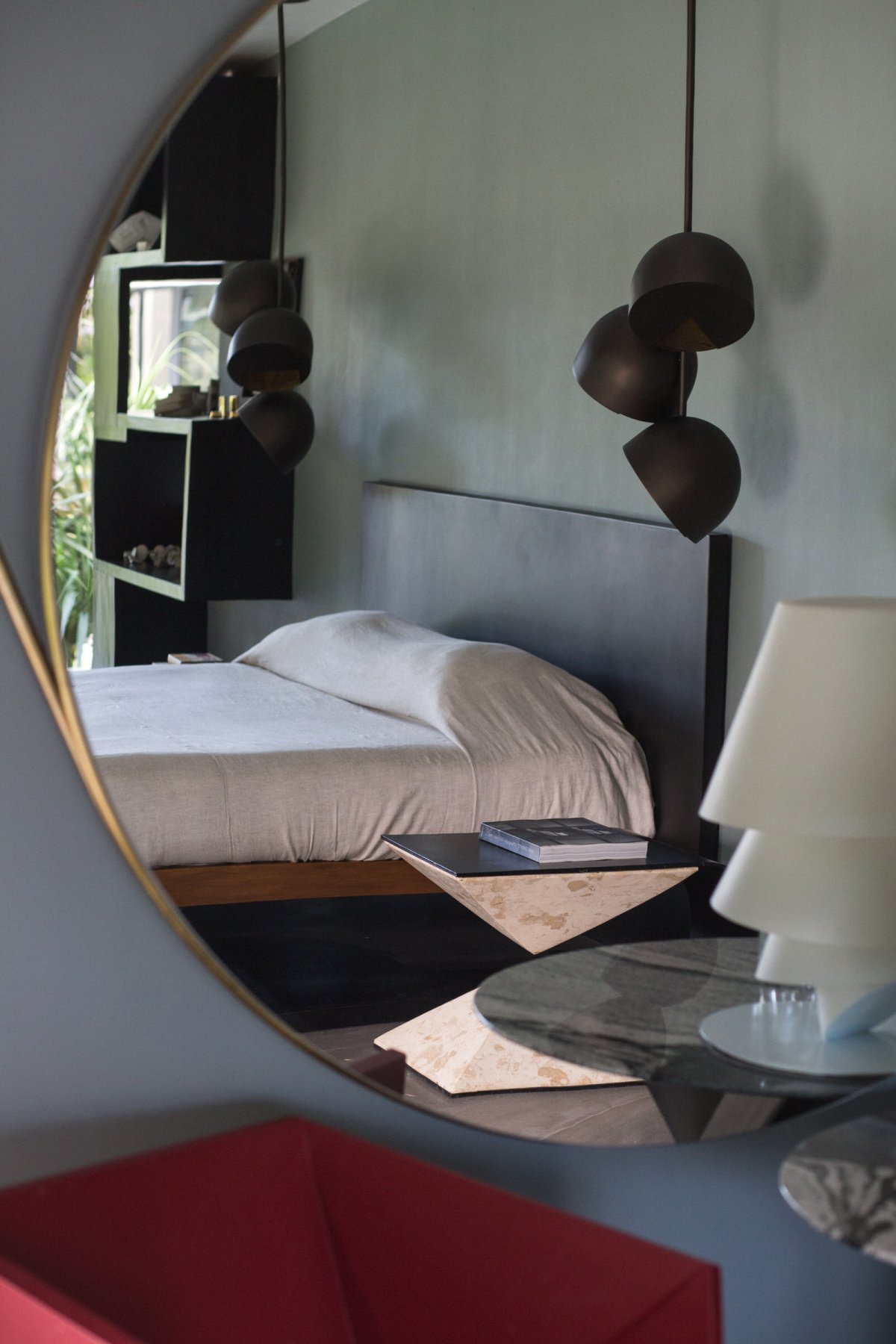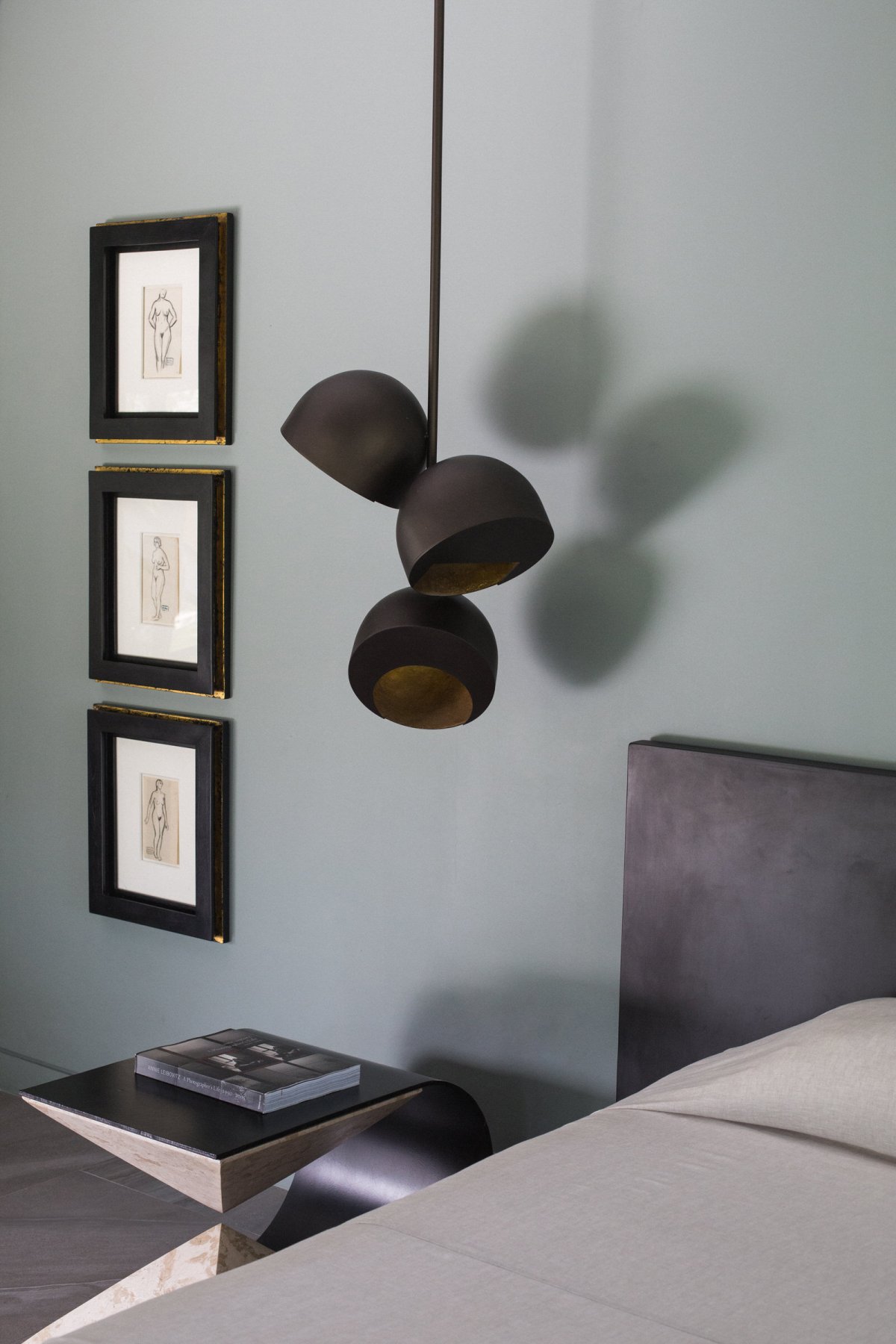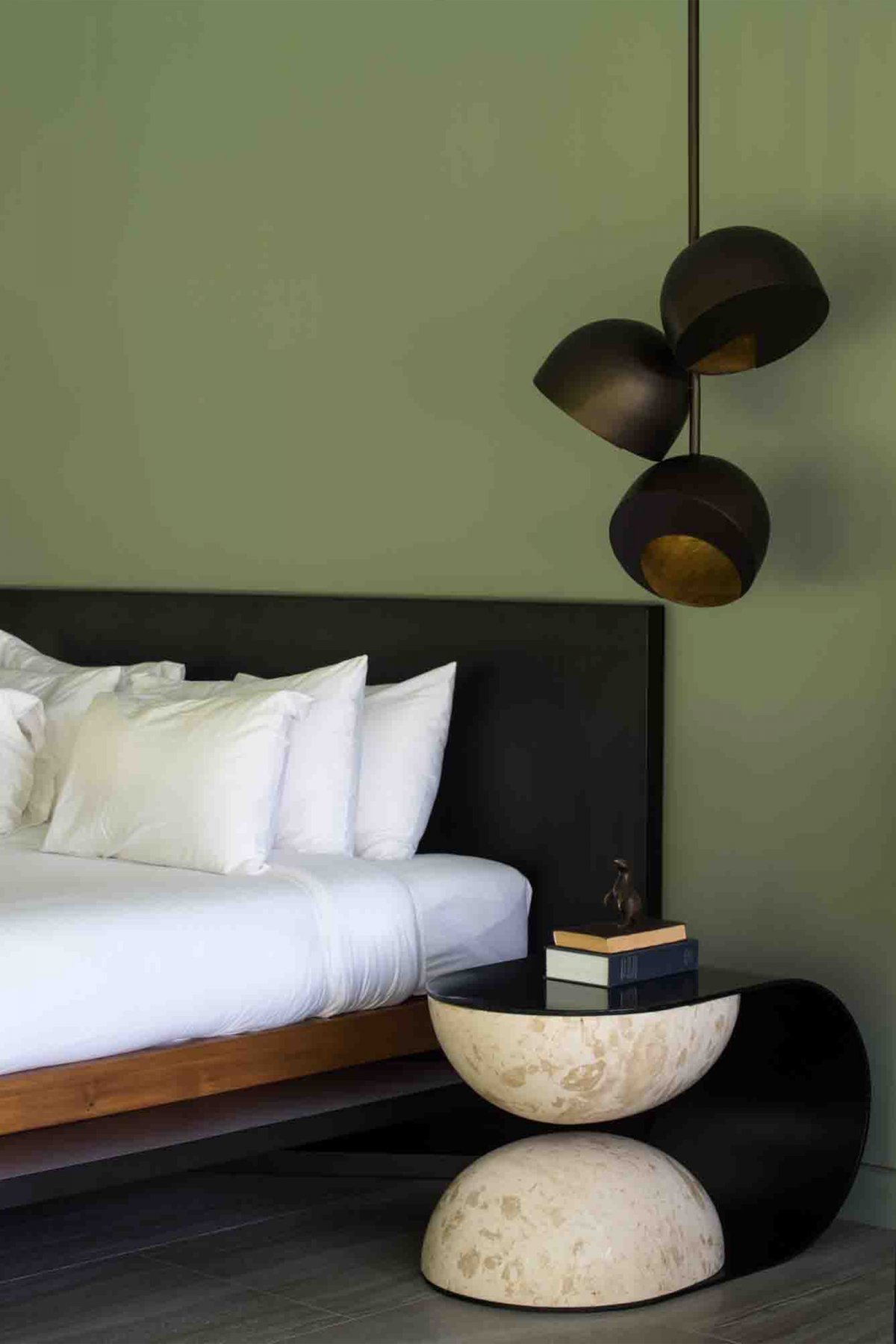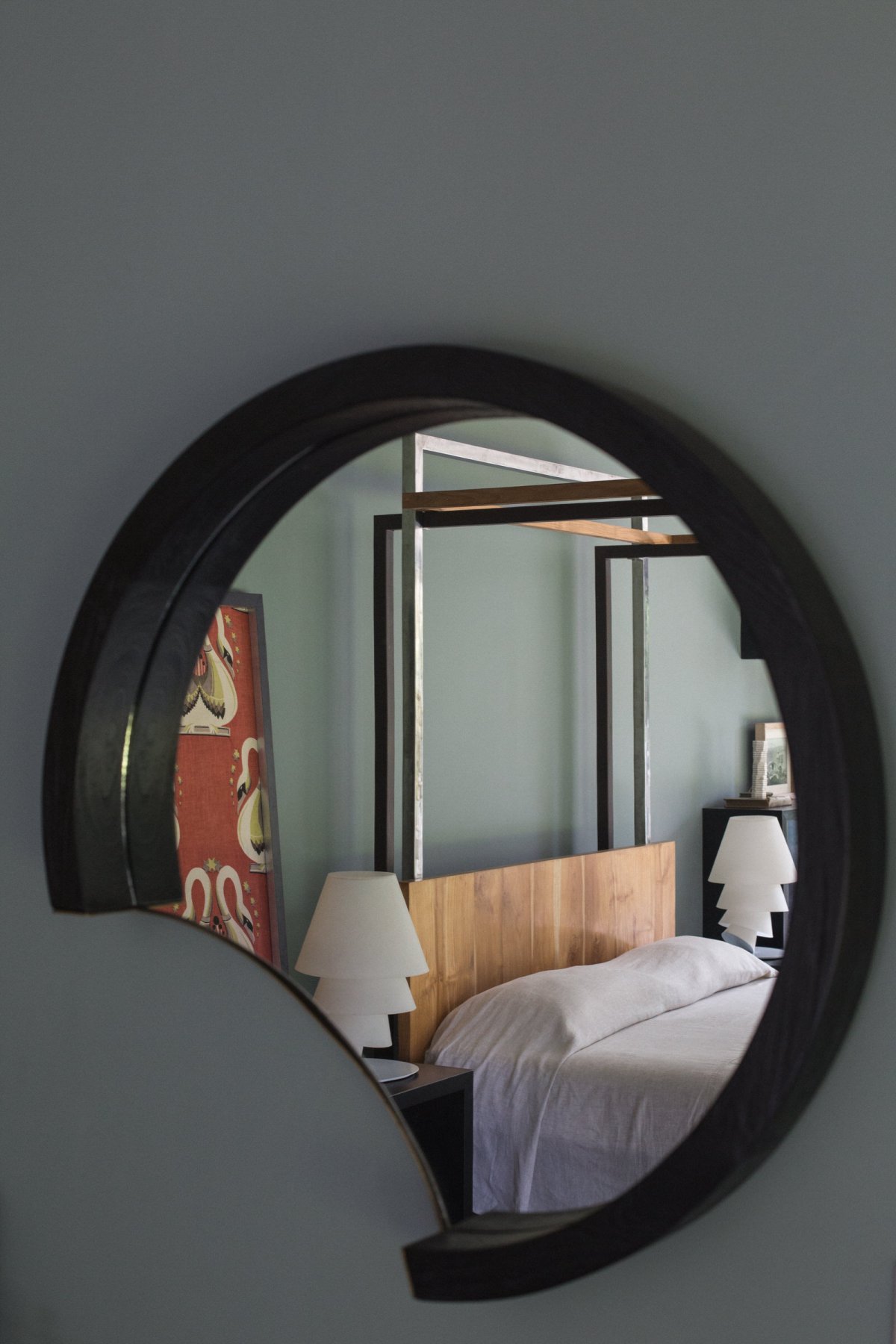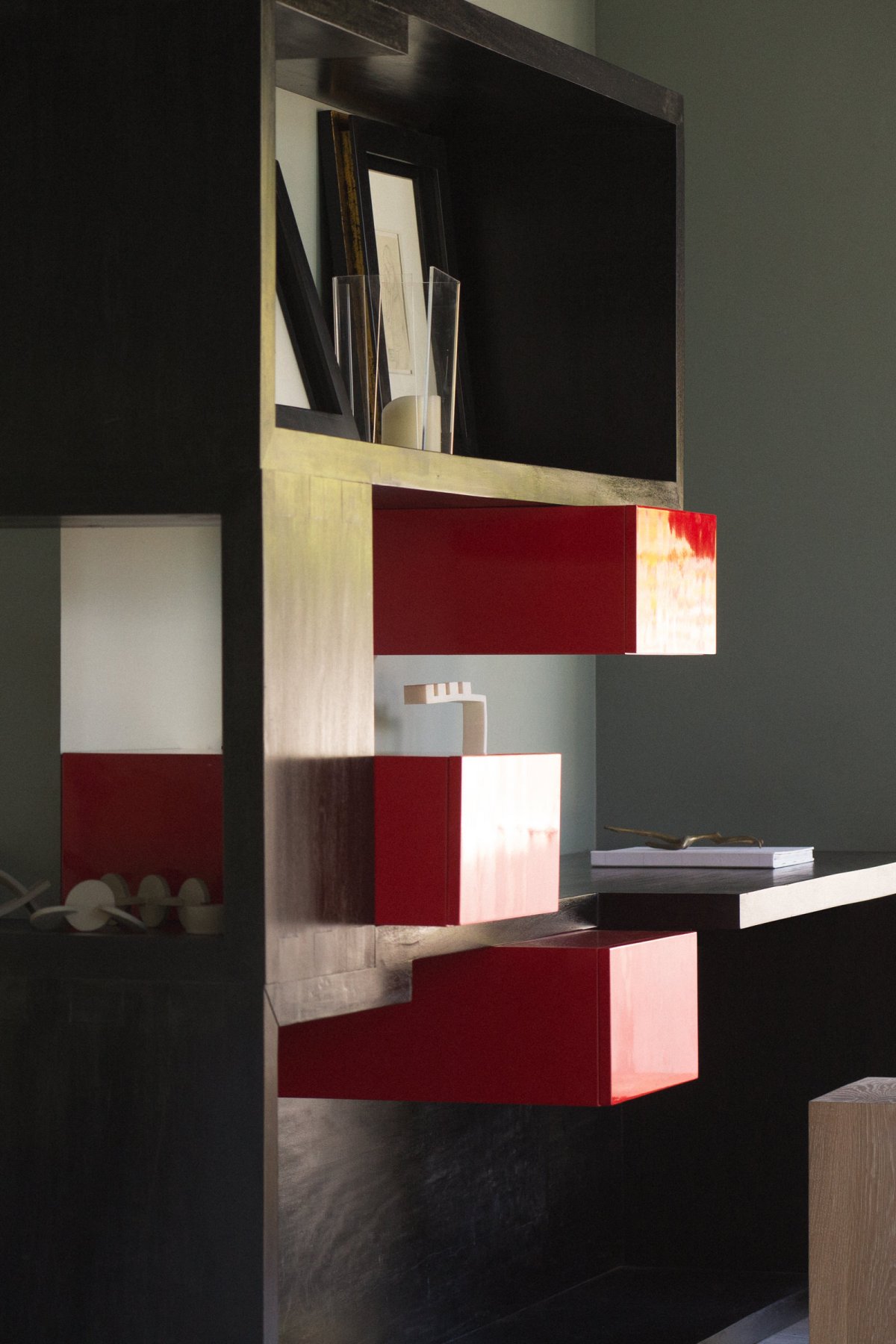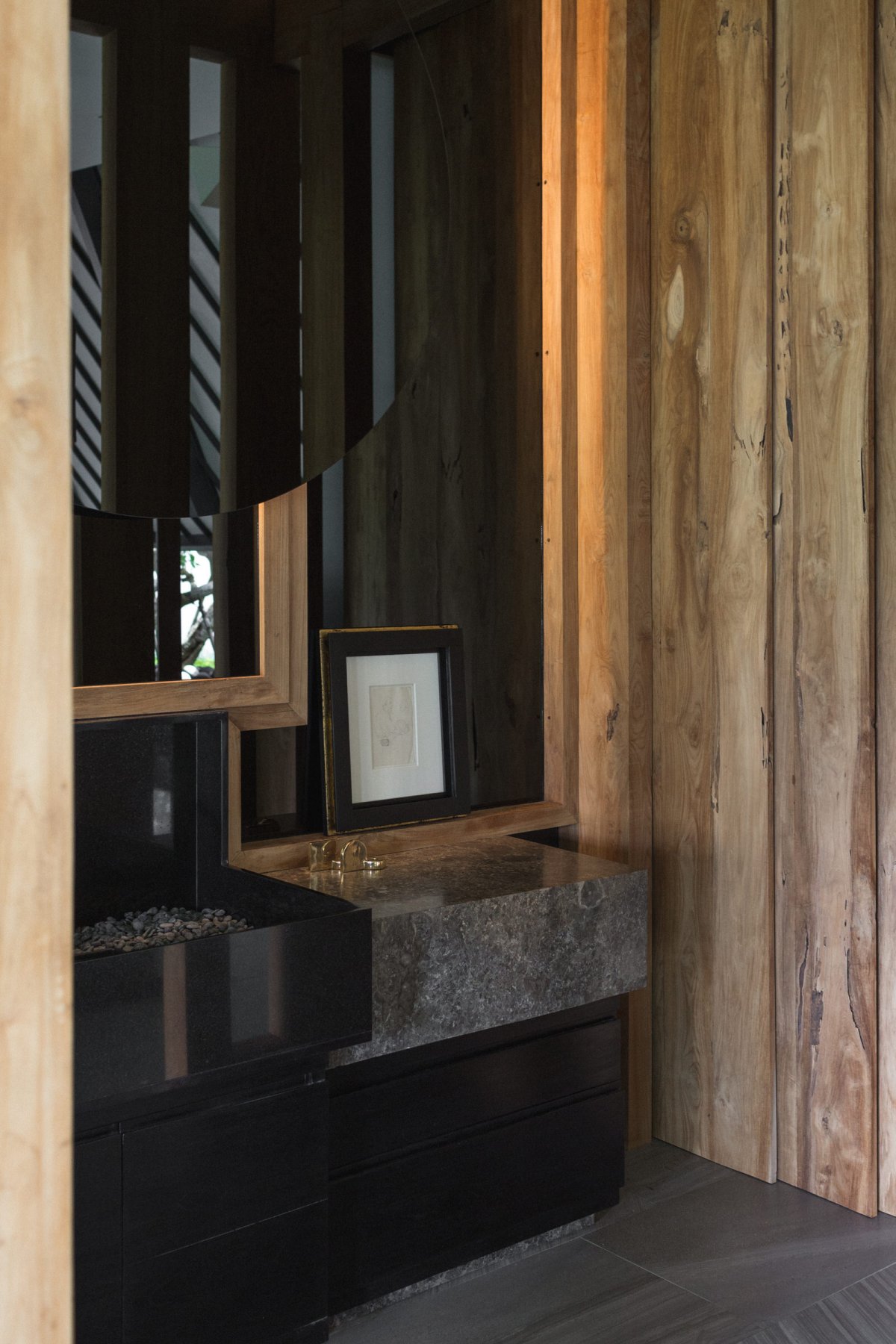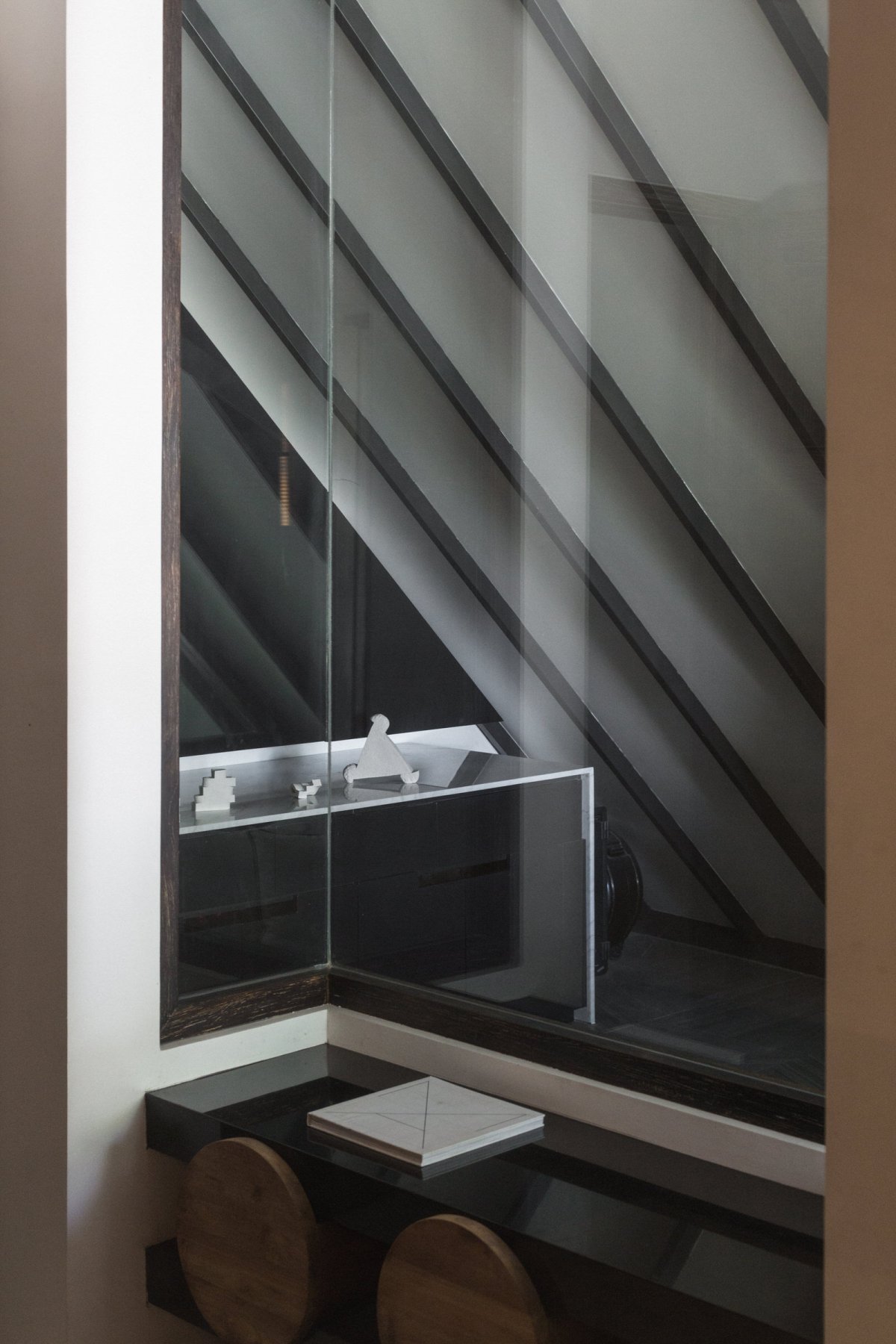
For most of us, isolation is a good time to promote emotional connection. But for Maximilian Eicke, isolation has changed life more. The German-born designer shuttled between the Hamptons and Southeast Asia, and his family used the time to build a house in Bali. The place, originally a rice field, is not the most beautiful place. The terrain is barren and life is scarce. So what happened next was pretty fortuitous.
A massive rainstorm submerged the land in 10 feet of water. So the designer commissioned 450 truckloads of soil as a mitigation measure for potential flooding, and the results were far better than he had expected. An occasional thriving landscape of palm trees, ferns and lindens was born, which Eicke later supplemented with terraced fields, beautiful ponds and lush foliage.
Eicke decided to divide the living area into two parts: The main house and guest house, and named the habitat Dukuh Haus, which translates to "little village" in Indonesian, Eicke adopted an eclectic architectural language, designing a serious "face" for the main house, while the guest rooms are concise in lines and finishes, with white walls offering a more understated aesthetic.
Eicke's design journey is not just about building a house. It has everything from layout and furniture to forks and spoons. So when you sit down, you can see all of this, and you can't help but think of great figures like Frank Lloyd Wright, who was famous for designing in the tiniest detail. There's a sculptural quality to the curves of Eicke's spoon that almost makes you want to put it back in place and bubble it up for keepsake.
- Interiors: Maximilian Eicke
- Photos: Tomasso Riva Stefano Scata
- Words: Gina

